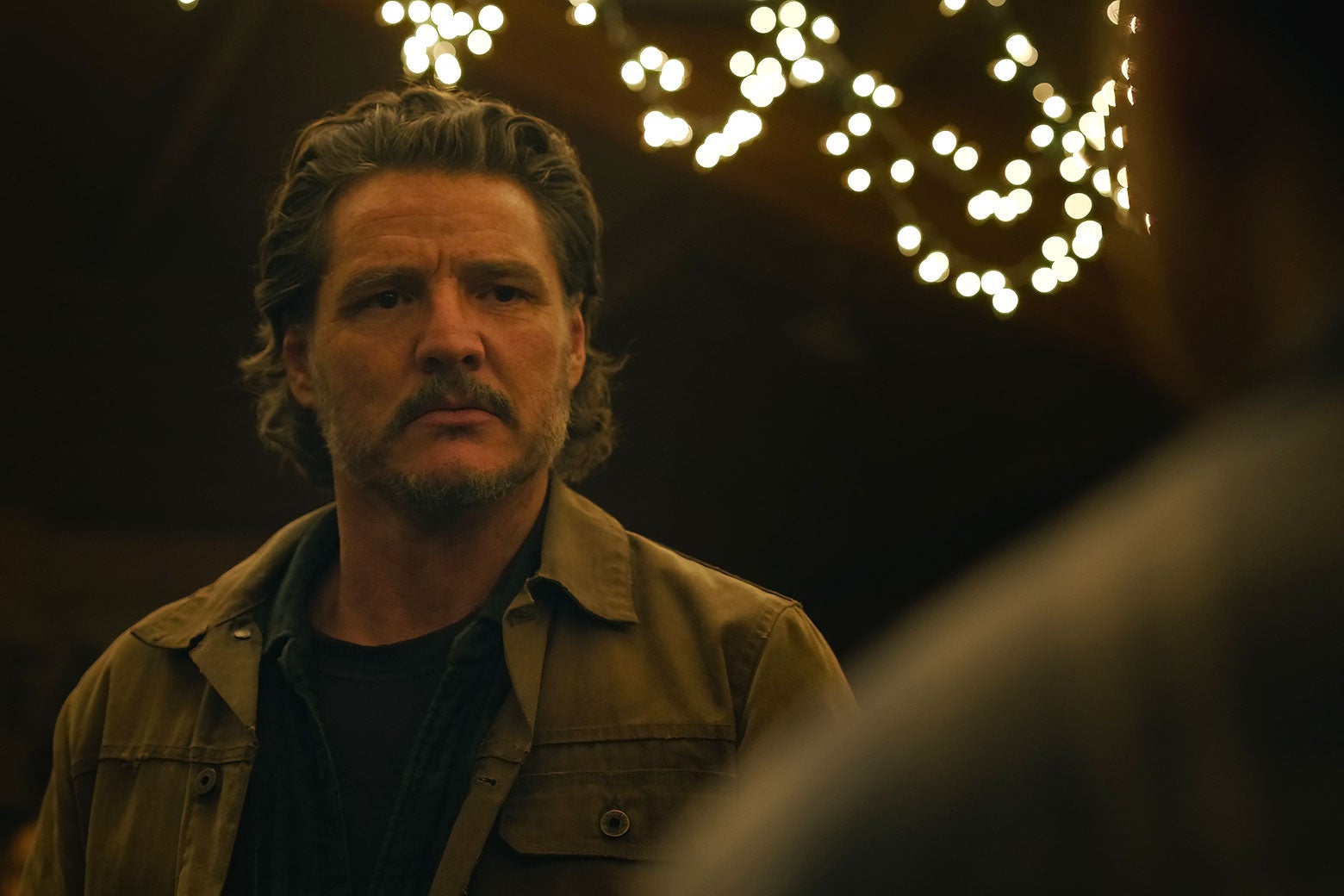
The Last of Us Season 2: A Deep Dive into ‘Future Days’
When HBO’s The Last of Us returned for its second season, fans were eagerly anticipating a continuation of the emotionally charged and visually stunning narrative that defined the first season. The first episode, titled ‘Future Days,’ delivers on the promise of a compelling story, focusing less on the visceral action and more on the complex emotional dynamics between its characters. This episode sets the stage for a season that delves into the psychological and relational struggles of its protagonists, Joel and Ellie, while introducing new threats and storylines that promise to keep viewers on the edge of their seats.
The Emotional Core of Joel and Ellie
Five years have passed since the events of the first season, and both Joel and Ellie have undergone significant transformations. Ellie, once a vulnerable teenager, has matured into a capable and hardened warrior. Joel, on the other hand, struggles to come to terms with the changes in his surrogate daughter. The episode opens with a therapy session that Joel reluctantly attends, where he vents his frustration about Ellie’s newfound independence and what he perceives as her rebellious behavior. The session, while humorous in its delivery, highlights the underlying tension between the two characters.
Ellie’s mistrust of Joel is a central theme in this episode. She senses that Joel is withholding information about the events at the Firefly base in Salt Lake City, where Joel made a decision that not only saved her life but also potentially doomed humanity’s last hope for a cure. This mistrust has grown into a chasm between them, and the episode explores the emotional toll this has taken on both characters. Joel’s refusal to reveal the truth, while understandable from a protective standpoint, has left Ellie feeling betrayed and isolated.
Despite the challenges they face, the episode also shows moments of tenderness and connection between Joel and Ellie. These moments, while fleeting, provide a glimmer of hope that their relationship can be salvaged. The episode’s focus on their emotional struggles underscores the show’s commitment to exploring the human condition in the face of unimaginable adversity.
The Rise of New Threats
While the episode spends a significant amount of time exploring the relationship between Joel and Ellie, it also introduces new threats that promise to complicate their already dire situation. The introduction of a new type of infected, known as ‘stalkers,’ adds a new layer of danger to the world of The Last of Us. These infected are more cunning and elusive than their predecessors, forcing the survivors to adapt their strategies for survival.
Perhaps the most significant new threat introduced in this episode is the return of the Fireflies, a paramilitary group that Joel encountered in the first season. The Fireflies, led by Abby, are on a quest for vengeance against Joel for his actions at the Salt Lake City hospital. Abby’s determination to exact revenge adds a new dimension of tension to the story, as Joel and Ellie must now contend with both the infected and the vengeful Fireflies.
The episode also hints at the broader implications of Joel’s actions in the first season. By killing the Fireflies and the doctor who might have held the key to a cure, Joel not only saved Ellie’s life but also potentially doomed humanity’s last hope for survival. This decision, while morally ambiguous, underscores the show’s exploration of the consequences of one’s actions in a world where survival is the primary objective.
The Community in Jackson
Life in the fortified settlement of Jackson, Wyoming, is portrayed as a fragile oasis in a world overrun by the infected. The episode shows the community’s efforts to rebuild and maintain a semblance of normalcy, despite the ever-present danger. The introduction of a thriving community provides a contrast to the desolation that dominates the show’s world, offering a glimpse of hope and resilience in the face of adversity.
However, the episode also highlights the challenges of living in a tightly knit community. Joel and Ellie, both products of a more solitary existence, struggle to adapt to the rules and expectations of the settlement. Joel’s rugged individualism clashes with the community’s need for structure and cooperation, while Ellie’s trauma and mistrust make it difficult for her to form meaningful connections with others.
The episode also explores the broader implications of community in a post-apocalyptic world. The survivors in Jackson must balance their need for security with their desire for kindness and compassion. The show’s portrayal of the community as a place of both safety and conflict underscores the complexity of human relationships in the face of unprecedented challenges.
The Last of Us Season 2: A Promising Start
‘Future Days’ sets the stage for a season that promises to be as emotionally charged as it is action-packed. The episode’s focus on the emotional struggles of its protagonists, combined with the introduction of new threats and storylines, provides a compelling foundation for the season ahead. While the episode may not deliver the same level of visceral action as the first season, it more than makes up for it with its exploration of the human condition in the face of unimaginable adversity.
As the season progresses, fans can expect to see further developments in the relationships between the characters, as well as the introduction of new challenges and threats. The show’s commitment to exploring the psychological and emotional dimensions of its characters, combined with its stunning visuals and gripping narrative, ensures that The Last of Us will continue to be a standout series in the post-apocalyptic genre.
